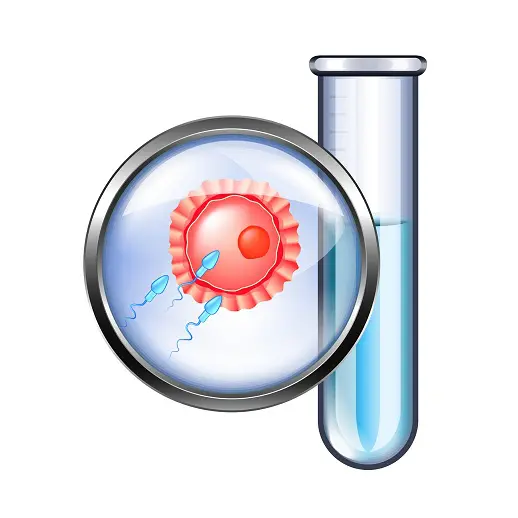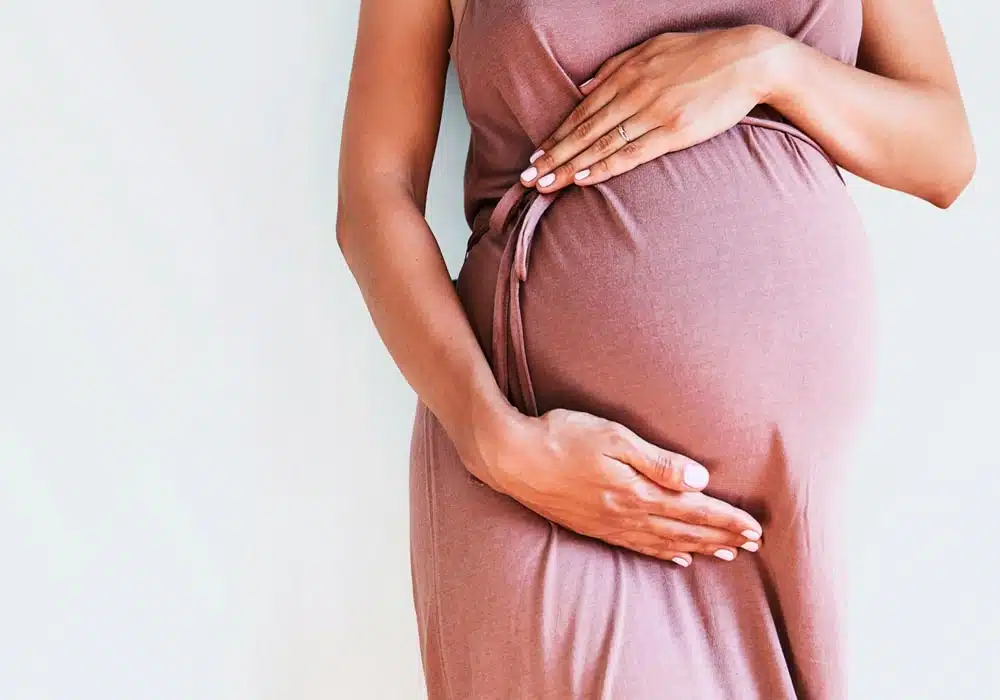In Vitro Fertilization (IVF)

In Vitro Fertilization (IVF)
In vitro fertilization (IVF) is one of the most common assisted reproductive treatments. In this procedure, a woman’s eggs are fertilized with her partner’s sperm in a specialized laboratory setting. Once fertilization occurs and embryos form, one or more embryos are transferred to the uterus in hopes of successful implantation and pregnancy.
Who Should Consider IVF?
IVF may be recommended in the following situations:
- Women with absent or blocked fallopian tubes
- Advanced maternal age
- Women with endometriosis, ovulation disorders, or unexplained infertility who haven’t conceived with other treatments
- Cases with inheritable genetic disorders. In such cases, IVF combined with PGT (preimplantation genetic testing) is used to transfer only genetically healthy embryos
- Women experiencing premature ovarian failure, IVF using donor eggs may be helpful.
Disadvantages of IVF
- IVF is relatively costly.
- It may slightly increase the risk of complications like preterm labor, ectopic pregnancy, or miscarriage.
- A slight increase in the risk of congenital anomalies compared to natural conception has been observed
Steps of the IVF Process
IVF is performed in multiple phases over several weeks:
Step 1: Information & Counseling
Patients are encouraged to become informed through brochures, the clinic's website or Instagram page, and by consulting with their doctor and care team.
Step 2: Ovarian Stimulation
- The goal is to grow at least two follicles measuring 15–18 mm, though often more than two and sometimes over 20 follicles develop.
- Medications are prescribed to stimulate the ovaries to produce multiple mature eggs instead of just one. IVF is technically possible without stimulation (in a natural cycle), but this yields only one egg, greatly reducing the chances of success.
- Ultrasound is typically scheduled on Day 1 or 2 of the menstrual cycle. If no issues are found, stimulation medications are prescribed, and the patient is monitored regularly with ultrasounds every few days.
- Once follicular maturity is confirmed via ultrasound and blood tests, an HCG injection (or sometimes a GnRH agonist, based on physician decision) is administered to trigger final egg maturation. Egg retrieval is scheduled 36 hours later.
Side Effects of Stimulation Drugs:
Ovarian stimulation may cause:
- Abdominal bloating and discomfort
- Nausea and vomiting, due to enlarged ovaries
Ovarian Hyperstimulation Syndrome (OHSS)
- A potentially serious condition caused by excessive ovarian enlargement
- Symptoms include abdominal pain, nausea, and in severe cases, blood clots, fluid imbalance, or respiratory distress
- Mild OHSS occurs in 2–6% of patients; severe OHSS affects around 1% and often follows retrieval of more than 20 eggs
- Preventive strategies include cycle cancellation, IVM (in vitro maturation), or replacing HCG with a GnRH agonist
- Symptoms typically peak 3–5 days after egg retrieval, which helps the doctor decide whether to proceed with embryo transfer or freeze the embryos
Step 3: Egg and Sperm Collection
- 32–36 hours after HCG injection, a minor outpatient procedure is performed under light anesthesia to retrieve eggs transvaginally under ultrasound guidance. no surgical incision is required.
- Simultaneously, the male partner provides a semen sample for fertilization.
- After the procedure, the patient is monitored in recovery and discharged the same day.
- Patients should avoid driving or returning to work for 24 hours due to anesthesia.
- If a fresh embryo transfer is planned, progesterone supplementation (vaginal or injectable) usually begins on the day of the egg retrieval or the day after.
Possible Side Effects of Egg Retrieval
Although rare, some potential side effects include:
- Pelvic cramps
- Mild bleeding
- Increased vaginal discharge
Patients should contact their physician if symptoms persist or worsen.
Step 4: Fertilization
- Retrieved eggs are placed with the partner’s sperm in the lab for natural fertilization. Approximately 65% of eggs fertilize using this method.
- If sperm quality is poor (low count, low motility, or abnormal morphology), ICSI (intracytoplasmic sperm injection) is performed, where a single sperm is injected directly into the egg. Fertilization success with ICSI ranges from 50 – 70%.
Step 5: Embryo Transfer
- 3 to 5 days after fertilization, 1 or 2 embryos are transferred to the uterus using a thin, flexible catheter. The procedure is painless, outpatient, and does not require anesthesia.
- The patient is discharged the same day and does not require bed rest.
- In some cases e.g., suboptimal uterine lining, risk of OHSS, or other medical reasons, the transfer may be postponed. The embryos are frozen and stored in specialized cryopreservation tanks at –196°C, to be transferred in a future cycle.
- Studies show that frozen embryo transfers (FET) often result in higher pregnancy success rates than fresh transfers. At Pooyesh Fertility Clinic, the majority of transfers are done with frozen embryos.
How Many Embryos Are Transferred?
- The number depends on the woman’s age, embryo quality, past pregnancy history, and miscarriage history.
- For women under 35 undergoing IVF for the first time, a single embryo is typically transferred.
- In cases of repeated IVF failure, transferring two embryos may be considered to increase success, but this raises the chance of twins.
- For women over 40, more embryos may be transferred due to lower implantation rates.
Preimplantation Genetic Testing (PGT)
- PGT is offered when couples carry hereditary genetic disorders or known gene mutations, or in cases of gender selection.
- A biopsy is taken from embryos before transfer to screen for abnormalities.
- PGT does not replace routine prenatal screening, and routine use in all IVF cases is not recommended.
Pregnancy Test After IVF
A blood test (βHCG) is performed about 2 weeks after embryo transfer.
Home pregnancy tests are not reliable in this context.
Interpretation:
- <5 mIU/mL: Negative result
- >10 mIU/mL: Repeat test after 48 hours to check for appropriate rise
Normally, βHCG doubles every 48 hours in early pregnancy
If βHCG doesn't rise or declines, repeat testing is needed to rule out miscarriage or ectopic pregnancy.
Ultrasound Monitoring
- First ultrasound is scheduled 3–4 weeks post-transfer, when the gestational sac may be visible.
- Around 5–6 weeks, the yolk sac should appear, which provides early fetal nutrition.
- Fetal heartbeat is typically detectable by 6 – 6.5 weeks.
Prenatal Care
Routine prenatal care typically begins between 6 to 10 weeks of pregnancy.
When IVF Is Unsuccessful:
About 30% of IVF cycles result in a live birth
Success rates increase with repeated attempts
Individual success depends on factors like:
- Woman’s age
- Cause of infertility
- Skill and experience of the fertility team
IVF Success Rates
Success depends on:
- Woman’s age
- Egg and sperm quality
- Experience of the IVF center
On average, IVF success rates range from 30% to 40%.

